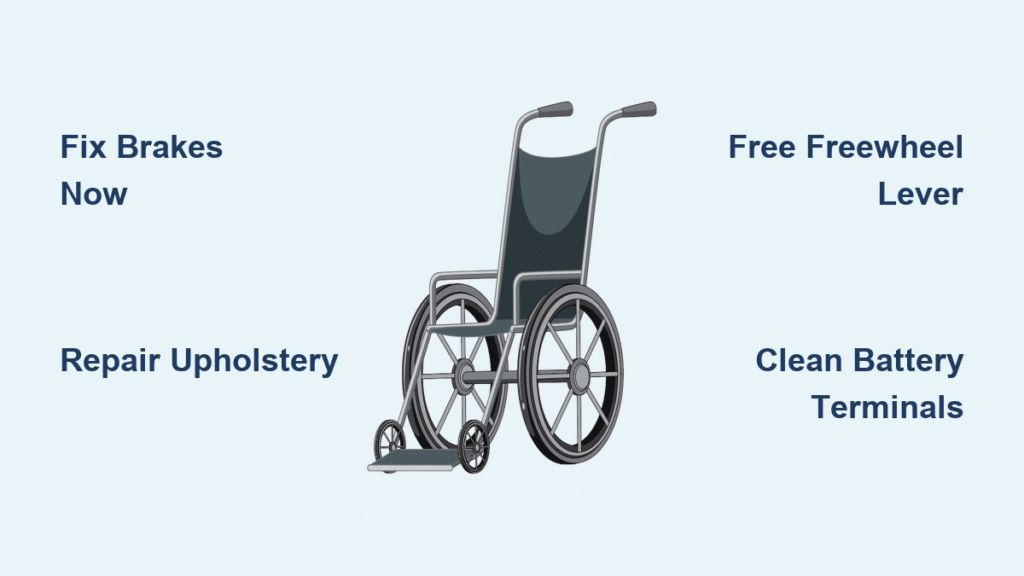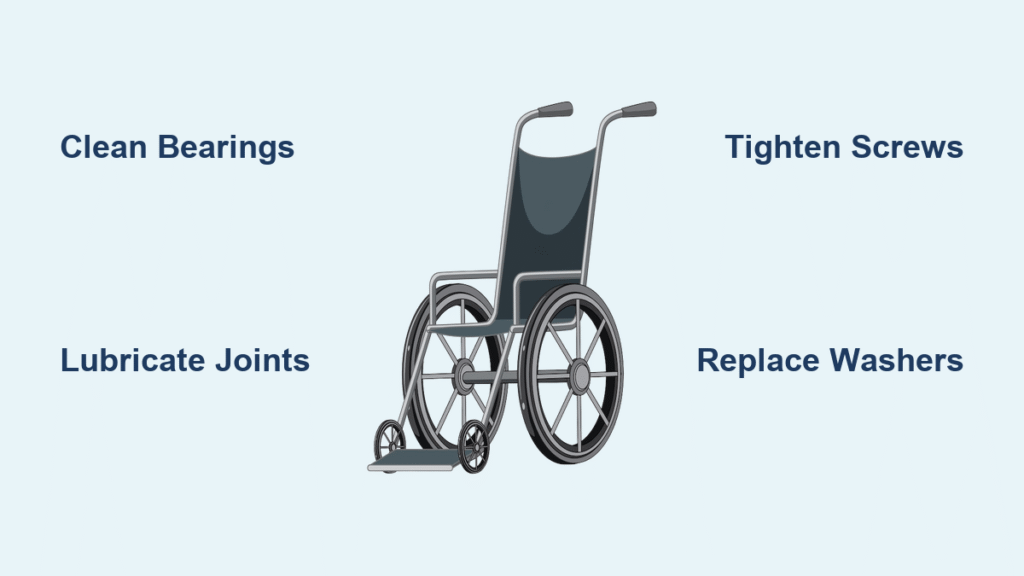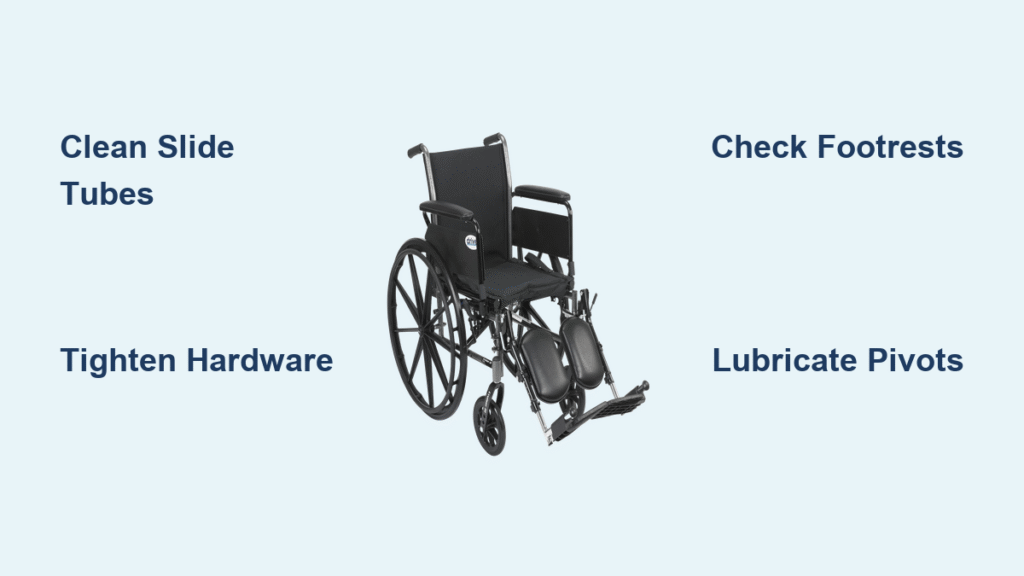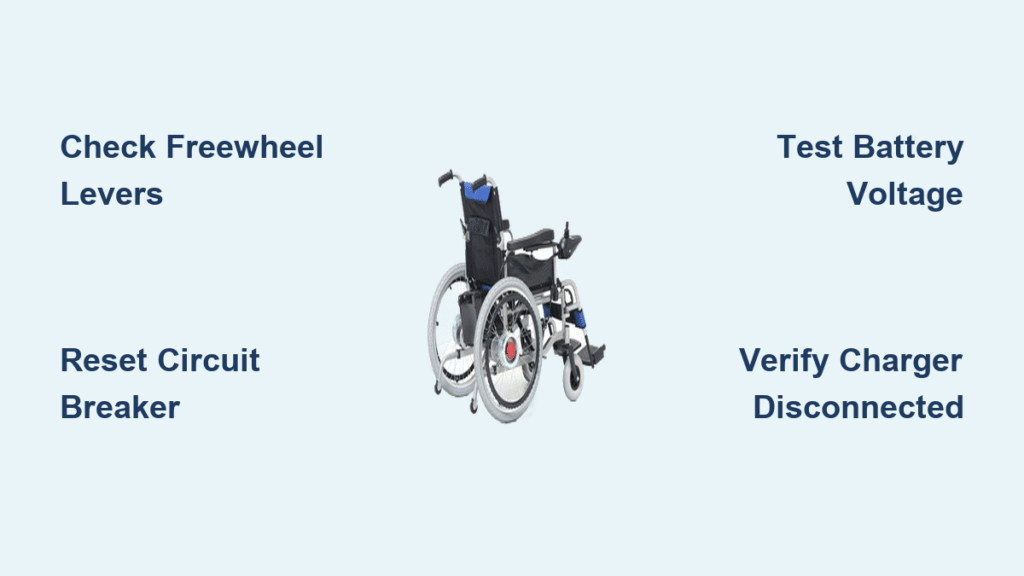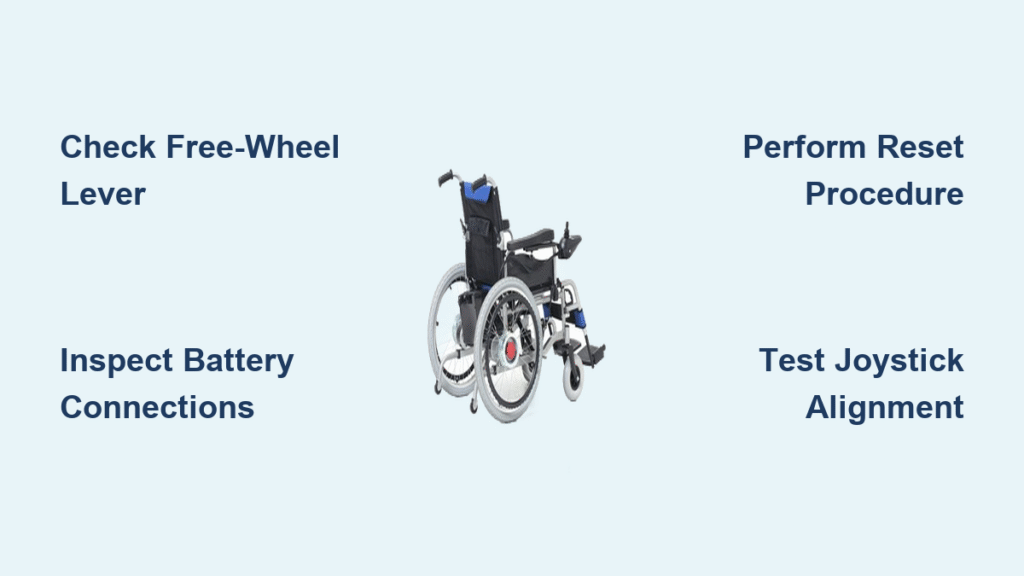Nothing disrupts your day like a wheelchair that suddenly won’t roll properly or brakes that fail when you need them most. When your mobility device malfunctions, it’s more than an inconvenience—it’s a serious safety concern that can leave you stranded. The good news is that many common wheelchair problems have straightforward solutions you can implement yourself with basic tools and knowledge. This guide shows you exactly how to fix a wheelchair safely and effectively, covering everything from emergency brake repairs to power chair battery troubleshooting, so you can maintain your independence without waiting for professional help.
Knowing how to fix a wheelchair properly means understanding which issues require immediate attention and which you can handle yourself. Whether you’re dealing with a squeaky caster wheel, torn upholstery, or a power chair that won’t hold a charge, this guide provides step-by-step solutions that get you rolling again quickly. Let’s dive into the most critical repairs you need to know.
Fix Failing Wheelchair Brakes Immediately
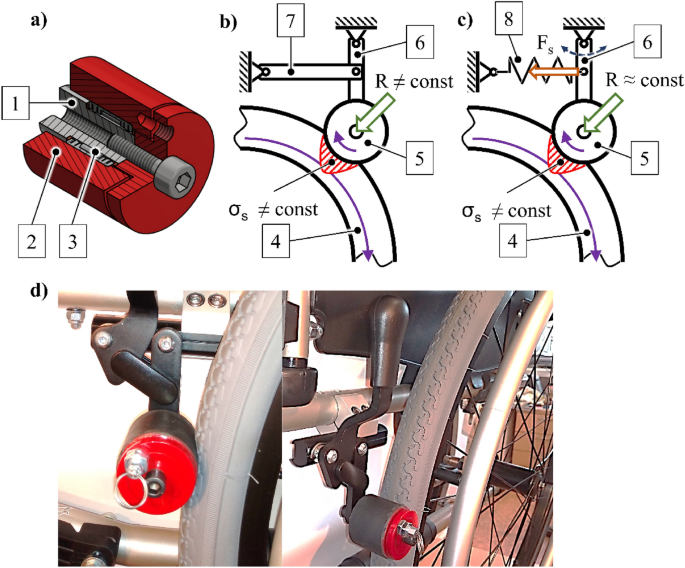
Brake failure transforms your wheelchair from a mobility aid into a potential hazard within seconds. If your brakes won’t engage properly or feel loose when you apply them, this isn’t a problem you can safely ignore until tomorrow—it demands your immediate attention right now.
Diagnose Brake Engagement Problems
Start by testing each brake lever individually while your wheelchair is stationary on level ground. Push down firmly on the lever near each rear wheel—you should hear a distinct clicking sound as it engages. If the lever moves freely without resistance or fails to lock in place, the internal mechanism needs adjustment. Check for visible obstructions like dirt or debris caught in the brake assembly that might prevent full engagement.
Emergency Brake Repair Checklist
When your brakes fail unexpectedly, follow these critical steps:
– Use your feet against the ground to slow your wheelchair if possible
– Move to a safe, flat area away from traffic or inclines immediately
– Call for assistance from someone nearby who can help stabilize your chair
– Never attempt to adjust internal brake components yourself—this requires professional calibration
Warning: Improperly adjusted brakes can fail completely during use. If your brakes don’t hold firmly on a slight incline, stop using your wheelchair until a certified technician repairs it.
Repair Torn Wheelchair Upholstery Before It Worsens

Damaged upholstery isn’t just uncomfortable—it creates pressure points that can lead to serious skin injuries if left unaddressed. Small tears quickly become large rips when you’re sitting and moving throughout the day, so addressing them immediately prevents more costly repairs later.
Temporary Upholstery Fixes for On-the-Go Repairs
Carry vinyl repair patches in your wheelchair pouch for immediate tear stabilization. Clean the damaged area with an alcohol wipe to remove oils, then apply the patch slightly larger than the tear. Press firmly for 30 seconds to ensure strong adhesion. This emergency fix prevents further tearing until you can arrange for proper replacement.
Permanent Upholstery Replacement Process
When foam padding becomes visible or tears exceed two inches in length, professional replacement becomes necessary. Contact your wheelchair manufacturer directly for the exact upholstery kit matching your model’s specifications. Most authorized dealers can complete upholstery replacement within 24-48 hours, using materials designed specifically for your chair’s weight capacity and usage requirements.
Solve Stuck Freewheel Lever Problems in Minutes
The freewheel lever lets caregivers push your manual wheelchair easily, but when it sticks or won’t stay in position, it creates dangerous situations where your wheels unexpectedly disengage during use.
Free a Jammed Freewheel Mechanism
First, locate the lever near each rear wheel assembly—it should move smoothly between engaged and disengaged positions. If stuck, spray the pivot point with silicone lubricant (never oil-based products) and work the lever back and forth 10-15 times. This often clears minor obstructions caused by dirt buildup or corrosion. Wipe away excess lubricant to prevent attracting more debris.
Adjust Loose Freewheel Positioning Safely
If the lever feels sloppy or won’t maintain its position, the internal spring mechanism likely needs replacement. This repair requires wheel removal and access to internal components—best left to professionals unless you have mechanical experience. Attempting improper adjustments could cause complete lever failure during use.
Power Wheelchair Battery Troubleshooting That Works
When your power chair loses range or won’t hold a charge, it’s often not the battery itself but simple connection issues you can fix in minutes without special tools.
Quick Battery Diagnostic Steps
Begin by verifying your charger connection at both ends—wall outlet and wheelchair port. Check for the charging indicator light; most chairs display red while charging and green when full. No light typically indicates either a faulty charger or bad connection rather than a dead battery. Test your charger in another outlet to rule out power source issues.
Clean Battery Terminals for Maximum Performance
Power down your chair completely, then disconnect battery cables in the proper sequence (negative first, then positive). Clean both cable ends and battery terminals with a small wire brush until shiny metal appears. Apply a thin coat of petroleum jelly to prevent future corrosion, then reconnect firmly—loose connections cause more power issues than failing batteries.
Handle Electrical System Faults Safely
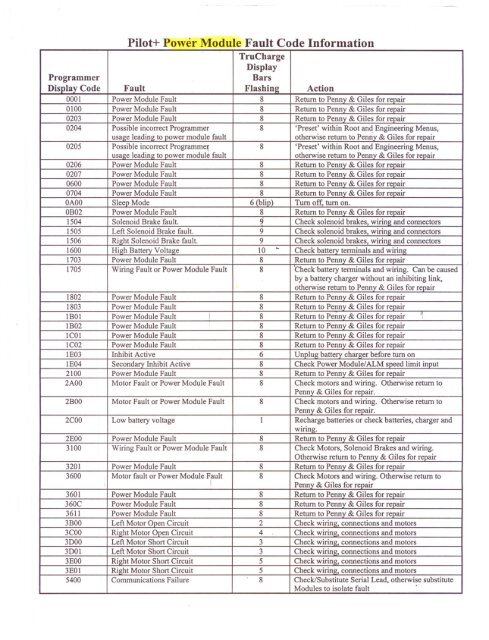
Electrical problems in power wheelchairs range from unresponsive controls to sudden shutdowns that leave you stranded in dangerous locations. Recognizing warning signs helps you address issues before they become emergencies.
Identify Critical Electrical Warning Signs
Watch for these red flags indicating serious electrical problems:
– Joystick becomes intermittently unresponsive
– Chair stops moving without warning during use
– Unusual buzzing sounds from motor compartments
– Error codes flashing on control displays
These symptoms require professional diagnosis—never ignore them hoping the problem will resolve itself.
Safe External Electrical Checks You Can Perform
You can safely inspect external connections without risk: check all visible plugs around the joystick base and battery compartment for looseness. Gently reseat any connections that feel loose, ensuring they click into place. For persistent issues, document exactly when and how the problem occurs to help technicians diagnose the fault more efficiently.
Create a Maintenance Schedule That Prevents Breakdowns
Most wheelchair failures happen because minor issues go unnoticed until they become major problems. A simple maintenance routine catches 80% of potential failures before they strand you.
Daily Safety Checks That Take Seconds
Each morning before using your wheelchair, perform these quick checks:
– Engage and release brakes while listening for proper clicking sounds
– Glance at upholstery for new tears or excessive wear
– Verify battery level shows adequate charge (for power chairs)
– Check tire pressure if your model uses pneumatic tires
These 30-second checks prevent most emergency situations.
Weekly Deep Maintenance That Extends Wheelchair Life
Set aside 15 minutes weekly for thorough inspection: remove hair and debris wrapped around wheel axles, test brake strength by attempting to roll on level ground with brakes engaged, check for unusual wear patterns on tires that indicate alignment issues, and lubricate moving parts with silicone spray.
Know Exactly When to Call Professionals
Some repairs require specialized tools and training that only certified technicians possess. Recognizing your limits prevents dangerous mistakes and costly damage.
Immediate Professional Help Required For
Contact a wheelchair repair specialist immediately for these critical issues:
– Any brake system problems beyond basic lever inspection
– Electrical faults showing error codes or intermittent failures
– Structural damage to frame welds or critical support points
– Persistent freewheel lever issues after basic troubleshooting
Pro tip: Keep your local authorized repair center’s contact information saved in your phone and written inside your wheelchair pouch.
Prevent Future Wheelchair Problems With Smart Habits
Building simple prevention habits into your routine saves money and avoids dangerous breakdowns when you’re far from home.
Essential Prevention Strategies You Can Start Today
Store your wheelchair in a dry area to prevent moisture-related corrosion. Always use the manufacturer-approved charger for power chairs—generic alternatives damage expensive batteries. Keep a small toolkit with Allen keys matching your chair’s bolts, plus vinyl repair patches for upholstery emergencies. Document all maintenance in a simple log to identify patterns before they become serious issues.
Final Note: Most wheelchair problems have simple solutions when caught early, but safety must always come first. Focus on daily safety checks and weekly maintenance to prevent 80% of common issues. For anything involving brakes, electrical systems, or structural components, professional help isn’t optional—it’s essential for your safety. Start today by checking your brakes, inspecting your upholstery, and ensuring your power chair shows a healthy battery level. Your future self will thank you when you’re rolling smoothly instead of waiting for emergency repairs.

